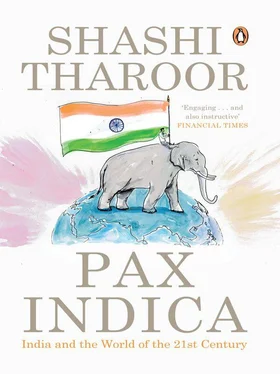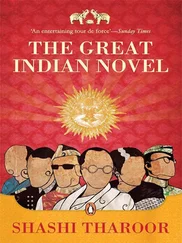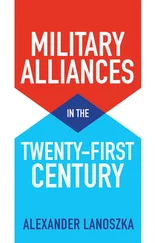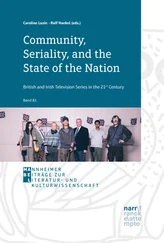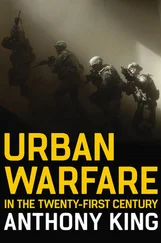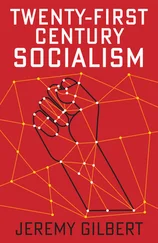Today, the proverbial shoe is on the other foot. India has begun putting its money where its mouth used to be. It has now emerged as a significant donor to developing countries in Africa and Asia, second only to China in the range and quantity of development assistance given by countries of the global South. The Indian Technical and Economic Cooperation Programme as established in 1964, but now has real money to offer, in addition to training facilities and technological know-how. Nationals from 156 countries have benefited from ITEC grants, which have brought developing-country students to Indian universities for courses in everything from software development to animal husbandry.
In addition, India has built factories, hospitals and parliaments in various countries, and sent doctors, teachers and IT professionals to treat and train the nationals of recipient countries. Concessional loans at trifling interest rates are also extended as lines of credit, tied mainly to the purchase of Indian goods and services, and countries in Africa have been clamouring for them.
In Asia, India remains by far the single largest donor to its neighbour Bhutan, as well as a generous aid donor to Nepal, the Maldives, Bangladesh, and Sri Lanka as it recovers from civil war. Its humanitarian assistance to Indonesia and Myanmar in the wake of the 2004 tsunami and the 2008 Cyclone Nargis, respectively, was swift and effective, and its rapid provision of aid after humanitarian disasters in Pakistan and Tajikistan was exemplary. Given Afghanistan’s vital importance for the security of the subcontinent, India’s assistance programme there already amounts to more than $1.2 billion — modest from the standpoint of Afghan needs, but large for a non-traditional donor — and is set to rise further. As described in Chapter Three, India’s efforts in Afghanistan have focused on humanitarian infrastructure, social projects and the development of skills and capacity. Futher west, its long record of aid to the Palestinian refugees has now been augmented by a significant assistance programme to the Palestinian National Authority.
In Africa, India’s strength as an aid provider is that it is not an over-developed power, but rather one whose own experience of development challenges is both recent and familiar. African countries, as I mentioned earlier, look at China and the United States with a certain awe, but do not, for a moment, believe that they can become like either of them; India is a far more accessible benefactor. Moreover, unlike China, India does not descend on other countries with a heavy governmental footprint. India’s private sector is a far more important player, and the government often confines itself to opening doors and letting African countries work with the most efficient Indian provider that they can find.
Similarly, unlike the Chinese, Indian employers do not come into a foreign country with an overwhelming labour force. Whereas China’s omnipresence has provoked hostility in several African countries, Indian businesses have faced no such reaction in the last two decades. Indeed, Uganda, where Idi Amin expelled Indian settlers in 1972, has been actively wooing them back under President Yoweri Museveni.
Finally, India accommodates itself to aid recipients’ desires, advancing funds to African regional banks or the New Economic Partnership for Africa’s Development. Its focus on capacity development, its accessibility and its long record of support for developing countries have made India an increasingly welcome donor. Its creation of a Pan African e-Network, described in Chapter Seven, is an impressive example of its ability to showcase its strengths while providing an indispensable service with no tangible direct benefit to itself. It is, of course, a far bigger bilateral donor than it is a multilateral one: it gives some aid to and through the UN and AU bodies where its own identity as a giver is blurred, but this is dwarfed by its bilateral offerings. Nonetheless, it is increasingly seen as an aid giver, not least by a large collection of recipients.
This could not have been imagined even twenty years ago, and it is one of the best consequences of India’s emergence as a global economic power.
At the same time India is not the incipient ‘superpower’ that over-enthusiastic supporters have described it as being. I earned some notoriety in 2010 when I suggested at a public event that we could not be a ‘superpower’ when we were still ‘super-poor’. I did not go quite as far as the historian Ramachandra Guha, who wrote in the Financial Times in July 2011 that ‘India is in no position to become a superpower. It is not a rising power, nor even an emerging power. It is merely a fascinating, complex, and perhaps unique experiment in nationhood and democracy, whose leaders need still to attend to the fault lines within, rather than presume to take on the world without.’ Discounting the overstatement, it is true that there are still a number of essential unfinished agendas to be attended to at home, and foreign policy must be seen as an instrument to help us fulfil them.
Indeed India is coming of international prominence at a time when the world is moving, slowly but inexorably, into a post-superpower age. The days of the Cold War, when two hegemonic behemoths developed the capacity to destroy the world several times over, and flexed their muscles against each other by changing regimes in client states and fighting wars half a world away from their own borders, are now truly behind us. Instead we are witnessing a world of many rising (and some risen) powers, of various sizes and strengths but each with some significant capacity in its own region, each strong enough not to be pushed around by a hegemon, but not strong enough to become a hegemon itself. They coexist and cooperate with each other in a series of networked relationships, including bilateral and plurilateral strategic partnerships that often overlap with each other, rather than in fixed alliances or binary either/or antagonisms. The same is true of the great economic divide between developed and developing countries, a divide which is gradually dissolving; on many issues, India has more in common with countries of the North than of the global South for which it has so long been a spokesman. Neither in geopolitics nor in economics is the world locked into the kinds of permanent and immutable coalitions of interest that characterized the Cold War.
The new networked world welcomes every nation; it has little room for the domination of any superpower. (Mohamed Nasheed, the deposed president of the Maldives, said in a wonderful documentary about global warming and his efforts to save his country’s shorelines: ‘You cannot bully us. We are too small; you will be seen as a bully’!) We live in a more equal era. Relationships are contingent and overlap with others; friends and allies in one cause might be irrelevant to another (or even on opposite sides). The networked world is a more fluid place. Countries use such networks to promote common interests, to manage common issues rather than impose outcomes, and provide a common response to the challenges and opportunities they face. Some networks would be principally economic in their orientation, some geopolitical, some issue specific. Contemporary examples of such networks range from the IORARC to the Nuclear Suppliers’ Group and from the BASIC negotiating alliance on climate change to the membership of the G20. Many more such networked alliances are clearly on the anvil (or, more appropriately, in the diplomatic Petri dish) of global cooperation.
In such a world, I once suggested, India would move beyond non-alignment to what I dubbed ‘multi-alignment’. This would be a world in which India would belong to, and play a prominent role in, both the United Nations and the G20; both the Non-Aligned Movement (reflecting its 200 years of colonial oppression) and the Community of Democracies (reflecting its sixty-five years of democratic development); both the G77 (the massive gathering of over 120 developing countries) and smaller organizations like IOR-ARC (as argued in Chapter Four); both SAARC and the Commonwealth; both RIC (Russia — India— China) and BRICS (adding Brazil and South Africa); as well as both IBSA (the South — South alliance of India, Brazil and South Africa) and BASIC (the partnership of Brazil, South Africa, India and China on climate change issues which emerged during the Copenhagen talks). India is the one country that is a member of them all, and not merely because its name begins with that indispensable element for all acronyms, a vowel!
Читать дальше
